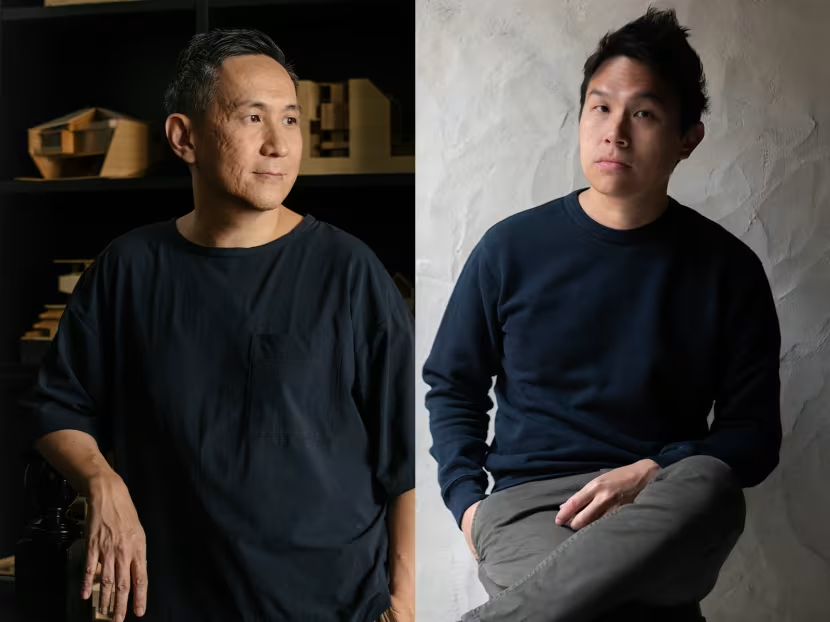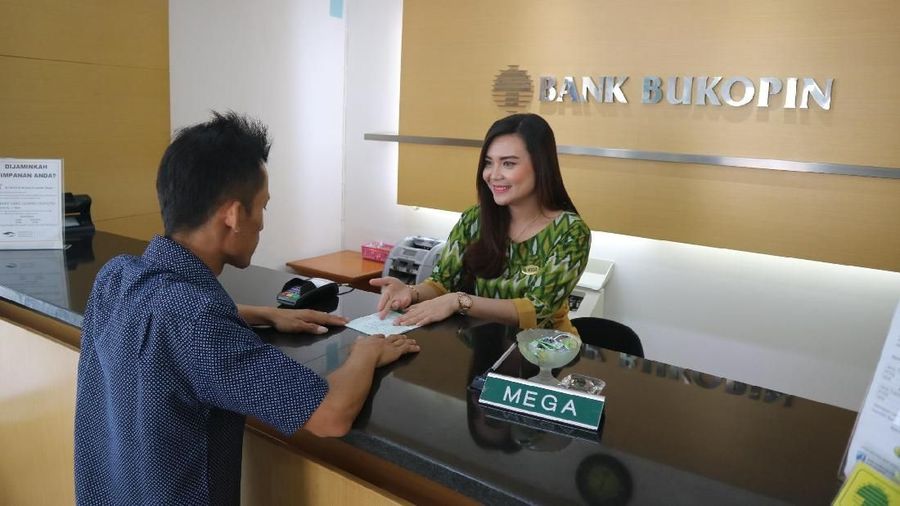Singapore – The President’s Design Award (P*DA) has long been recognised as Singapore’s most prestigious accolade in the creative sector, but its significance extends beyond design. The 2025 edition, announced at the National Gallery, offered a striking glimpse into how the city-state deploys design as a strategic tool—advancing sustainability, cultural diplomacy, and even social cohesion.
One of the most politically resonant projects was the Delta Sports Complex renewal by Red Bean Architects. Built in 1979, the facility had fallen into decline until its adaptive reuse stitched together standalone spaces into an integrated community hub. Beyond architecture, the project underscores Singapore’s broader policy push: strengthening urban resilience, placemaking, and intergenerational inclusivity. In a nation where public housing and sports infrastructure are tied to political legitimacy, the project becomes as much about governance as it is about design.
Equally notable is the Silver Pride Lion Troupe, a reimagining of traditional lion dance by NextOfKin Creatives. Presented as a senior engagement program, the initiative highlights how heritage art forms can be mobilised to address public health challenges, in this case combating isolation among ageing populations. Its jury citation framed it as “an innovative and culturally resonant way to provide physical well-being, social connection, and skill-building.” Such projects show how cultural symbols can be recalibrated into policy instruments—a theme increasingly common across Asia’s nation-branding strategies.
On the global stage, Designer of the Year awards were given to architect Alan Tay and multidisciplinary designer Gabriel Tan. Tay’s architectural portfolio bridges faith, climate responsiveness, and community housing, reinforcing Singapore’s narrative as a laboratory for tropical urbanism. Tan, by contrast, symbolises Singapore’s outward-facing ambitions: the first Singaporean to collaborate with global furniture icons like B&B Italia and Herman Miller, and a proponent of artisanal revival through his Porto-based studio. Both stories elevate Singapore’s design scene as an instrument of soft power.
Other winning projects such as Bird Paradise, 21 Carpenter, and the Surbana Jurong Campus highlight strategic patterns. Bird Paradise merges conservation and education, aligning with Singapore’s eco-diplomacy and its attempt to position itself as a steward of environmental responsibility in the region. Meanwhile, Surbana Jurong’s corporate headquarters doubles as a civic landmark, demonstrating how state-linked companies can reinforce narratives of openness and sustainability.
Critically, the awards also advance the politics of adaptive reuse. In a city often accused of erasing its own architectural past, projects like 21 Carpenter—where historic shophouses were transformed into a boutique hotel—signal a recalibration in policy. Preservation becomes not just about heritage but about rebranding urban memory to serve tourism and global investment.
As President Tharman Shanmugaratnam remarked in his address, “good design is never just about aesthetics.” His words reflect Singapore’s evolving approach: design as a lever for economic growth, cultural diplomacy, and social stability. For observers beyond its borders, the 2025 P*DA demonstrates how Singapore’s design agenda is embedded in a wider strategy of resilience and influence, where even architecture and craft are mobilised for national and geopolitical ends.
In a world where power is increasingly exercised through culture and innovation, Singapore’s deployment of design offers a telling lesson: the blueprint of tomorrow’s influence will be drawn not only in policy chambers and boardrooms, but also in classrooms, heritage centres, and sports complexes.






